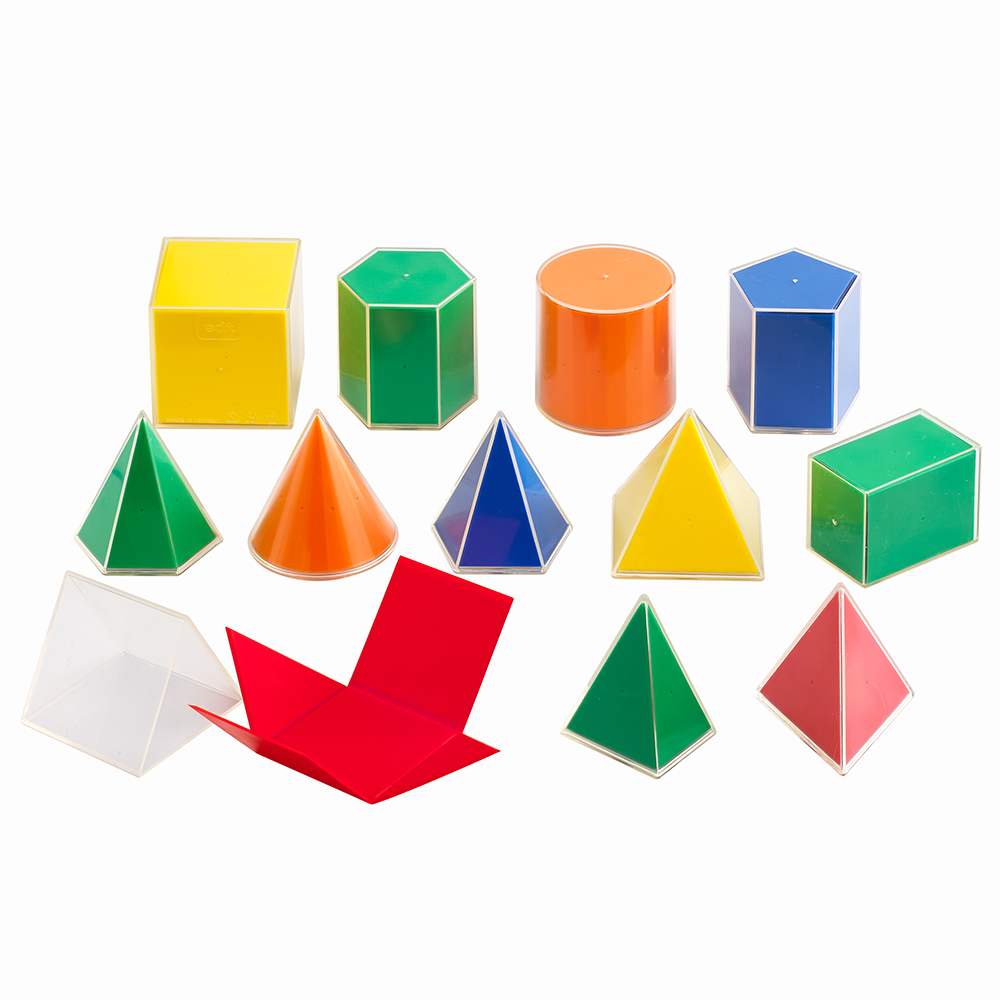

- #Solid shapes video how to
- #Solid shapes video series
Guess the name before you click on to see the answer.ĭrawing 3-D Objects: Video to show how to draw 3-D objects. What Shape am I? Use the clues to identify the name of the 3-D object. These lessons could be followed up with other geometry lessons in year 2
#Solid shapes video series
White Rose Geometry: a series of lessons on 2-D and 3-D shapes. NB: Children in first and second may also enjoy the links for infant classes, aboveĭescribing and Naming Solids: A video lesson from Matholia describing the properties of common solid (3D) shapes, including cube, cuboid, cylinder, cone and sphere. Any of these these type of puzzles are a very worthwhile way to spend time!ĭigital Resources for First and Second Classes Perhaps you have a Rubik’s Cube somewhere around the house? Or look out for other 3-D puzzles like Rubik’s Cage, Soma cube or Tetris Shake. Without even realising it, the children will be exploring and learning about the properties of these shapes. Build anything! Use boxes and any objects from around the home to build, stack, etc.

Other toys that can be used to create 3-D structures include Lego, K’nex, Mega Bloks, Plus-Plus and Stickle Bricks/Bristle Blocks. Magformers, Geomag and 3-D puzzles are examples of toys specifically geared towards the construction of 3-D structures.Even older children can return to these toys and look at them in a new way to see what they can now discover and say about these shapes. Lots of the toys that are aimed at preschool age children focus on 3-D shapes: wooden building blocks, shape sorter toys etc.Play, play, play! Encourage your child to play and explore with 3-D objects as much as possible:.Did they see the 2-D shapes they expected to see? This is referred to as the 2-D net of a 3-D object. Boxes are ideal for this, so, before you put your boxes in the recycling bin, ask your child to tear it open along an edge so as to open it out flat and identify the 2-D shapes that make it. Another way that children can explore this relationship is to take apart examples of 3-D objects.

Take it apart! 3-D objects and 2-D shapes, as mentioned earlier, are very connected. Through developing a better understanding of what makes an object that 3-D object, the children can start to group 3-D objects with similar properties or characteristics together. When out and about or helping around the house, children can be asked to name the 3-D objects that are easier to stack on shelves in the shop, in the cupboard etc? What 3-D objects might roll off a shelf? As the children get older, they will be exploring properties such as the number of corners (also called vertices), the number and type of edges (straight or curved), and the number and type of surfaces (flat faces or curved surfaces). In the younger classes, the children will be exploring whether a 3-D object can roll, stack, slide etc. Properties: Each family of 3-D objects also has properties or characteristics that make them different from other 3-D objects. Next treat time, look carefully at your Maltesers (spheres), Toblerone box (triangular prism), Smarties container and Lindor chocolates box (both hexagonal prisms), tub of Quality Street (octagonal prism) Starburst/Opal Fruits (cuboid), mini-rolls and hot chocolate powder (both cylinders) and wafer cones (cone, of course!) Sweet! A great place to find 3-D shapes is in treats and their wrappings or containers. Again, be careful that you affirm with your child that it is the entire object that you are looking at, as opposed to just a surface or a flat face of the object. 3-D Shape hunts: Play games like “I spy, with my little eye, something the shape of a cube, cuboid, sphere” etc. So, if looking for 3-D objects at home, ask the children to examine and if possible pick up, actual objects, as opposed to flat representations of the shapes in a picture book or magazine. And a box is not a 2-D shape, it is a 3-D object called a cuboid, but the flat surface of a box is usually the 2-D shape of a rectangle or, sometimes, a square. Distinguishing between 2-D shapes and 3-D objects can be a bit confusing for both adults and children for example, the shape of a real ball may be referred to as a circle, since, if a ball is drawn, or shown in a picture, then the flat, 2-D shape of the ball in the image is now a circle! But in reality, it is a 3-D object called a sphere. 3-D objects can also be referred to as solid shapes and they include cubes, cuboids, spheres, cones, cylinders, pyramids, etc. In Operation Maths we refer to them as 3-D objects, so as to distinguish them from their flat, 2-D relations. Naming shapes: 3-D is short for three dimensional, i.e objects with length, width and depth/height.







 0 kommentar(er)
0 kommentar(er)
